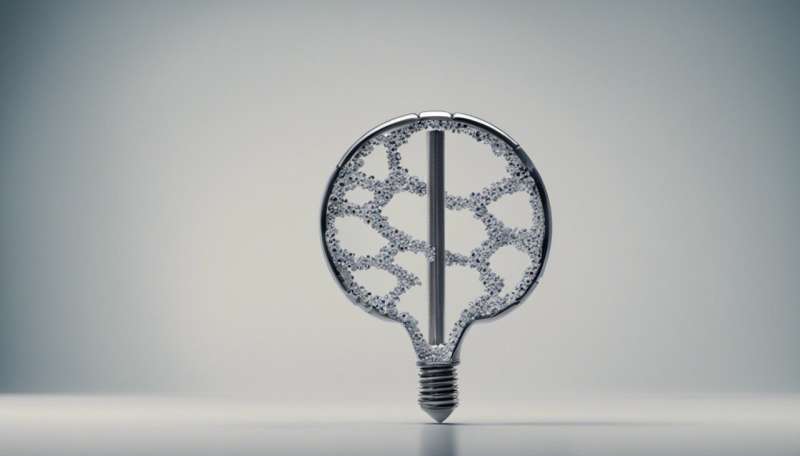Breakthrough implant brings dexterity and sense of touch to prosthetic hand

There have been significant technological developments in prosthetics in recent years. However, artificial replacements provide limited value in performing everyday tasks where their sensory feedback offers poor functionality. Thanks to the EU-funded DeTOP project, scientists have developed a new implant system enabling the use of a clinically viable, dexterous and sentient prosthetic hand in real life.
As summarised in a news item on the project website after trailblazing surgery a female Swedish patient became the first recipient of titanium implants "in the two forearm bones (radius and ulnar) from which electrodes to nerves and muscle were extended to extract signals to control a robotic hand and to provide tactile sensations."
The same item emphasises that traditional "prosthetic hands rely on electrodes placed over the skin to extract control signals from the underlying stump muscles. These superficial electrodes deliver limited and unreliable signals that only allow control of a couple of gross movements (opening and closing the hand)." It also notes that current artificial hands "do not provide tactile or kinesthetic sensation, so the user can only rely on vision while using the prosthesis." This limits the ability of the user to understand the strength of his or her grip. "Richer and more reliable information can be obtained by implanting electrodes in all remaining muscle in the stump instead." In the Swedish patient, a total of 16 electrodes were connected to nerves that would have led to the missing hand.
When electrodes are implanted using this technique, "researchers can electrically stimulate these nerves in a similar manner as information conveyed by the biological hand." Thus, the patient can feel "sensations originating in the new prosthetic hand" with the help of "sensors that drive the stimulation of the nerve to deliver such sensations."
From laboratory to everyday life
Project partner Integrum AB and Chalmers University of Technology have previously shown that control of a similar prosthesis in daily life was possible in above-elbow amputees as demonstrated in a video. The DeTOP news item points to the challenges involved with the process: "This was not possible in below-elbow amputees where there are two smaller bones rather than a single larger one as in the upper arm. This posed several challenges on the development of the implant system. On the other hand it also presents an opportunity to achieve a more dexterous control of an artificial replacement. This is because many more muscles are available to extract neural commands in below-elbow amputations."
According to the news item, the patient is currently undergoing a rehabilitation programme to strengthen her forearm bones. She's also relearning how to control her missing hand, employing virtual reality prior to fully using the actual prosthetic hand. Two more patients in Italy and Sweden are lined up for such implant surgery.
The ongoing DeTOP (Dexterous Transradial Osseointegrated Prosthesis with neural control and sensory feedback) project "targets people with reduced or absent hand sensorimotor capabilities due to an amputation" as stated on CORDIS. It adds: "Core of the system is an osseointegrated human-machine gateway (OHMG) able to create bidirectional links between a human and a robotic prosthesis."
More information: DeTOP project website: www.detop-project.eu/

















